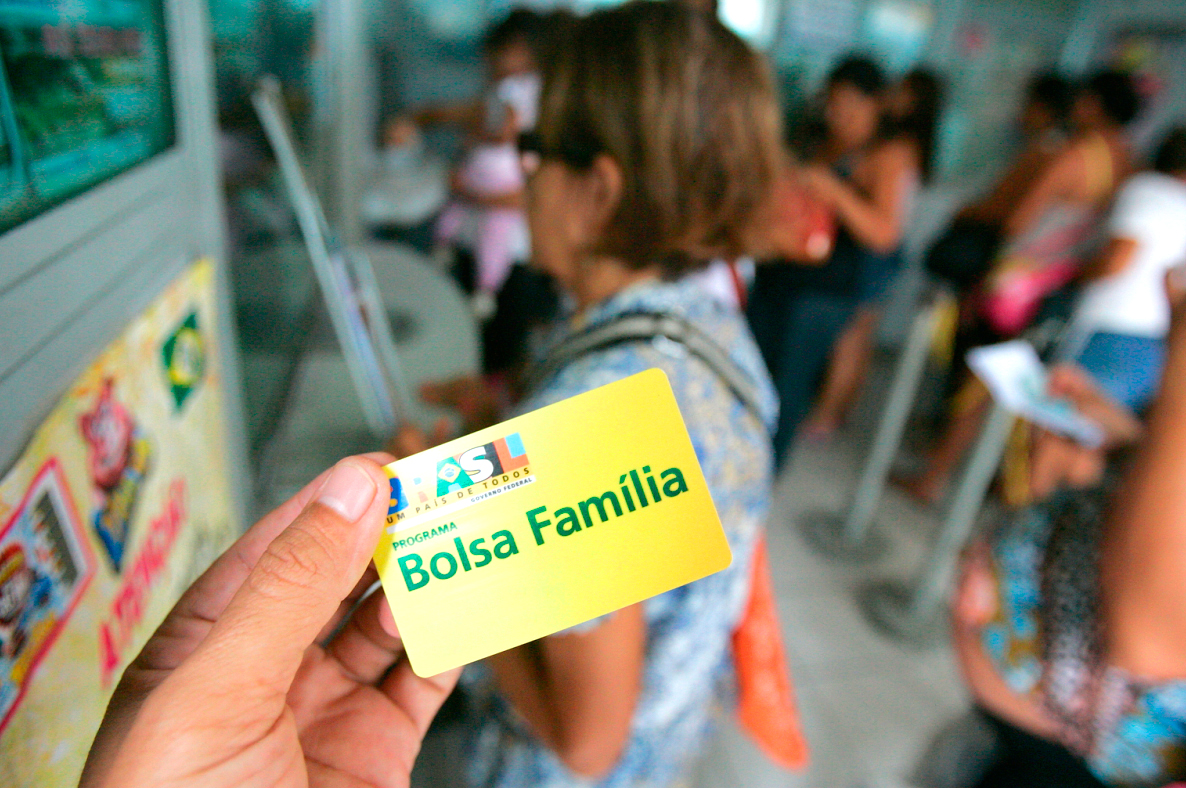How is cash aid used?


According to the World Bank cash transfers are defined as “the provision of assistance in the form of cash to the poor or to those who face a probable risk of falling IGNORE INTO poverty in the absence of the transfer.” Their main goal is to increase the household’s real income.
There are two commonly used cash transfer programs: the general needs-based social assistance, which may be regular or occasional and the more specific family allowance which pays families with children under a certain age. They both depend on each different country.
There’s also the conditional cash transfer programs in which the payment or transfer depends on certain beneficiaries’ behavior like school attendance or regular health center visits.
But how is this money used? And… is it effective?
That depends of each country and each program.
For example, Brazil has Bolsa Familia, a program that has been going on for more than a decade and reaches 11 million families. The World Bank classifies It as an “innovative social initiative taken by the Brazilian government” and provides technical and financial support to it. They also say it is one of the key factors behind the positive social outcomes achieved by the country in recent years.
Poor families with children receive an average of 70.00 R (about 35 USD) in direct transfers. They only need to commit to keep their children in school and take them to regular health checks. It achieves two results: helping reduce current poverty and getting families to invest in their children instead of following the poverty cycle.
“The virtue of the Bolsa Familia is that it reaches a significant portion of Brazilian society that has never benefited from social programs. It is among the world’s best targeted programs, because it reaches those who really need it. Ninety-four percent of the funds reach the poorest 40 percent of the population. Studies prove that most of the money is used to buy food, school supplies, and clothes for the children,” says the WB.
But what happens in other regions?
According to a report from the Food and Agriculture Organization of the United Nations (FAO), during the past decade governments in sub-Saharan Africa have launched several cash transfer programs that target the most vulnerable groups like subsistence farmers, people with disabilities and HIV/AIDS as well as other families.
“Although local economies and numerous households have benefited from this social protection measure, critics remain doubtful,” stated the FAO. They list 5 common myths about cash transfers to see how they play in improving food security and reducing rural poverty in the region.
1- Cash will be wasted on alcohol and tobacco
Reality: Alcohol and tobacco represent only 1 to 2 percent of food expenditures in poor households. Across six countries in Africa where FAO and partners carried out evaluation of cash transfer initatives, no evidence of increased expenditures was found.
2- Transfers are just ‘hand-outs’ and do not contribute to development.
Reality: For example Zambia recorded an overall production increase of 36 percent. Furthermore, the majority of programmes show a significant increase in secondary school enrolment and in spending on school uniforms and shoes.
3- Cash causes dependency and laziness.
Reality: In several countries, including Malawi and Zambia, research shows a reduction in casual wage labour and a shift to more productive and on-farm activities. In fact, in sub-Saharan Africa cash transfers lead to positive multiplier effects in local economies and significantly boost growth and development in rural areas. Thus, cash does not create dependency, but rather spurs beneficiaries to invest more in agriculture and to work more.
4- Transfers lead to price inflation and disrupt local economies.
Reality: Ethiopia, Ghana, Kenya, Lesotho, Malawi, Zambia and Zimbabwe were all part of the Protection to Production project, which, among other things, analyzed the productive and economic impacts of cash transfer programs in sub-Saharan Africa. None of the seven case study countries experienced inflation.
Beneficiaries represent only a small share of the community (15 to 20 percent), and because they come from the poorest households and have a low purchasing power, they do not buy enough to affect market prices, thus enabling local economies to meet the increased demand. In Ethiopia, for every dollar transferred by the program, about US$1.5 are generated for the local economy.
5-Child-focused grants increase fertility rate.
Reality: In Zambia, cash transfers showed no impact on fertility rate. In Kenya, adolescent pregnancy even decreased by 34 percent and in South Africa by over 10 percent.
Overall FAO believes that the implementation of cash transfer programs leads to increased food consumption, better nutrition and improved school enrolment. They also reduce child labor, boost local economic development and agricultural investment.
While it still depends on each country’s approach to the cash transfer program and their implementation and monitoring, these programs have become an important tool in finding the path out of poverty and have had a long-term impact on the lives of many families around the world.
LatinAmerican Post





